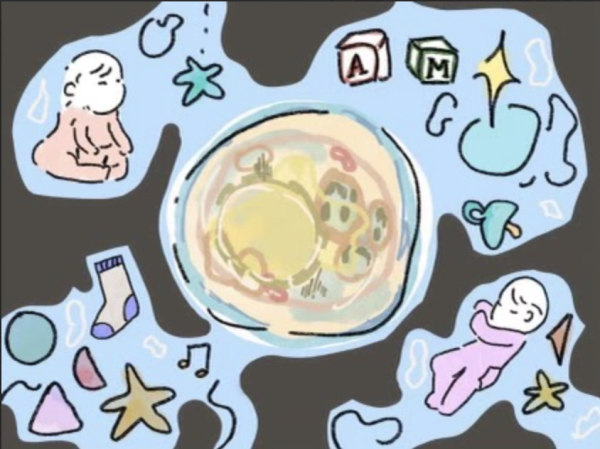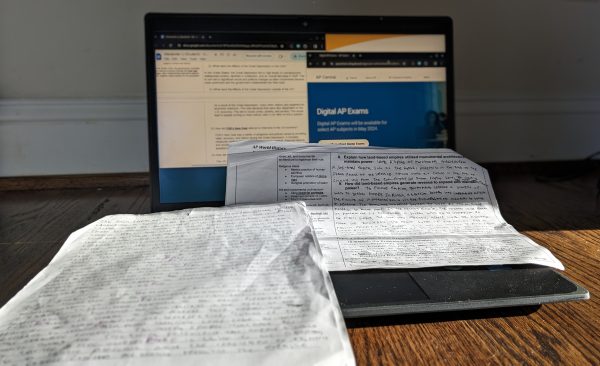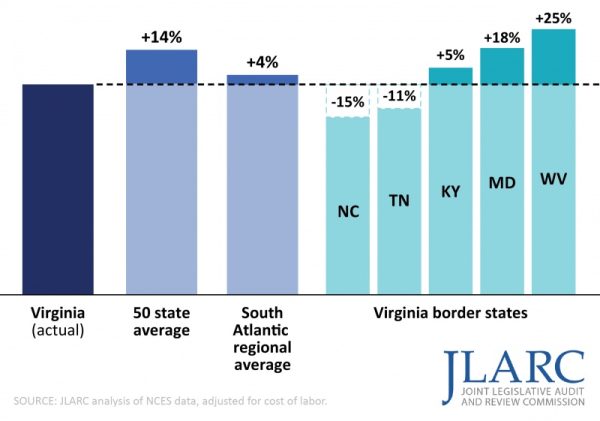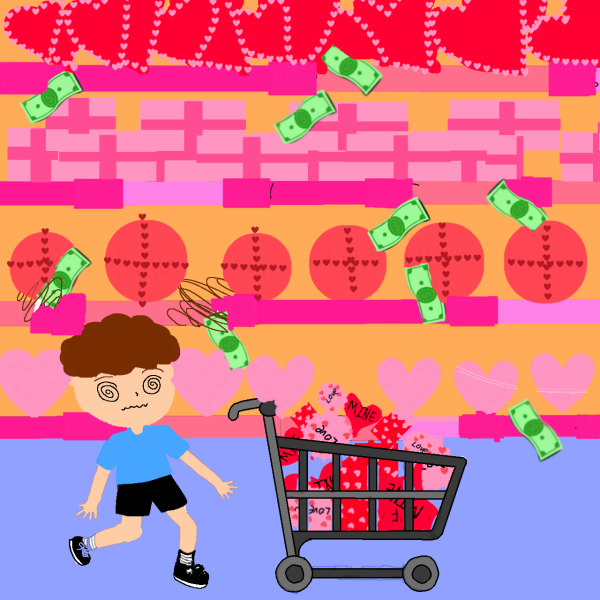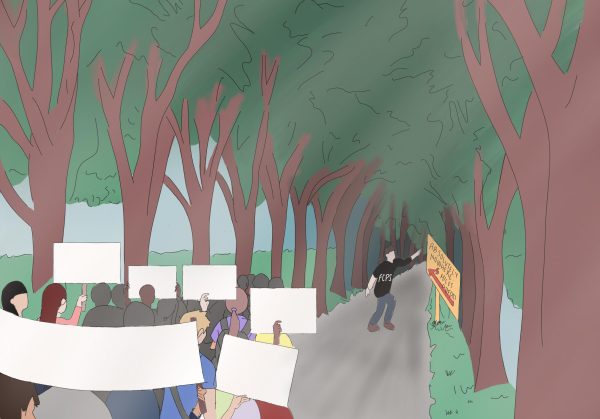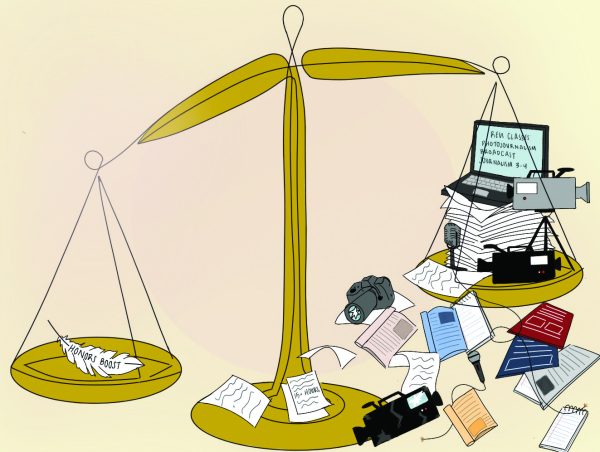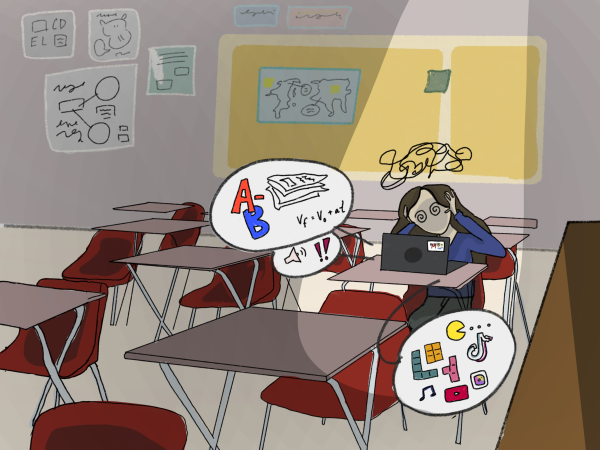Barcelona: Not just a tourist destination
April 19, 2017
This spring break I was given the chance to travel to Barcelona with McLean High School. Barcelona is a city in Spain that is known for attracting a large amount of tourists. While, yes, there are a number of cliche shops and stereotypical restaurants to eat near the beaches, the heart of Barcelona remains inside the city, where the churches, markets and art are located. Therefore, although Barcelona tends to gain a bad reputation for just being a “tourist destination,” it serves as a landmark for cultural in Spain.
Let me start off by saying I am not a particularly religious person. However, the “La Sagrada Familia” is not your typical church. Construction of the church began in the late 1800s by architect Antoni Gaudi, who combined Gothic and curvilinear forms in his design. On the outside, the church is covered by intricate stonework that are symbolic to the life of Christ. The walls inside the church are lined with colorful stain glass windows, which are representative of the diversity of Christianity. The church is a proud accomplishment of the city, who used their own taxpayer money to aid in its development.
The markets, on the other hand, are filled with busy vendors vying to sell their goods. As you walk through the stands, strong smells fill your nose while the noises of street musicians playing typical Spanish music fill your ears. The stands, equipped with everything from fresh fruit, meats, and nuts, to vibrant artwork and bright clothing, are run by the locals, who feel nothing but love for their city. The markets offer a more intimate interaction between tourists and the locals and, despite the language barrier, you are able to foster a connection that makes you feel as if you are getting the real Spanish experience.
The last part that really stood out to me was the art. On one of the last days I was in Spain I was able to attend the Pablo Picasso Museum. Picasso was a Spanish painter who is known for co-founding the Cubist movement. As I moved through the museum, I noticed that I was not only seeing a collection of art, but also memoirs from Picasso’s life. For instance, in one point in time, when he was experiencing intense depression, his artwork was only comprised of the color blue. Picasso, despite spending a majority of his adult in life in France, is still considered today as an important part of Spanish art identity. If you ever get the chance to go to Barcelona, I would suggest going to the Picasso Museum.
Overall, it is wrong to assume Barcelona is just city that caters to the tourist culture. It contains more than just shops and picture-taking opportunities. It is filled with a rich history that is still in the making, a diverse array of foods and music, and a population that loves their country more than anything.
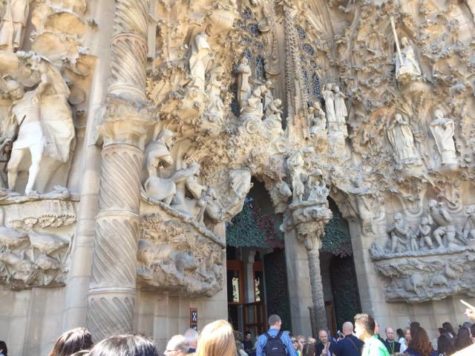
The picture above depicts the outside of the “La Sagrada Familia,” a church that began construction in the late 1800’s by Antoni Gaudi. The church is located in the center of Barcelona.
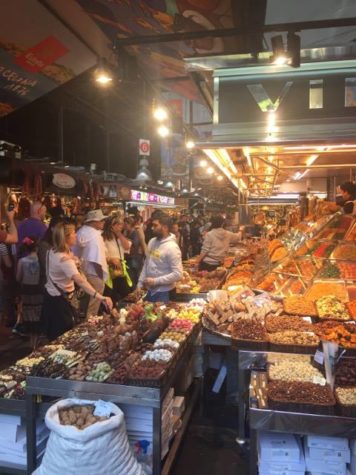
The market above was filled with fresh fruits, vegetables, meats, chocolates, spices, and breads. However, other markets contain other commodities, such as paintings, clothing, and jewelry.
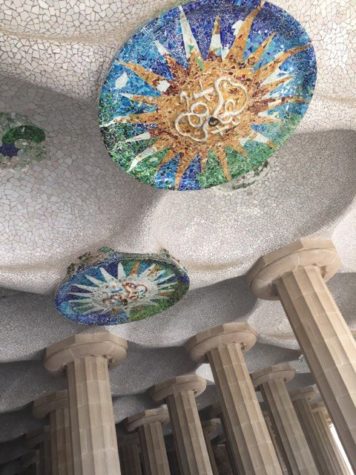
The mosaics were a part of “Park Guell,” an area designed by Antoni Gaudi that was intended to house locals. Instead, the area today has been converted into a park.




